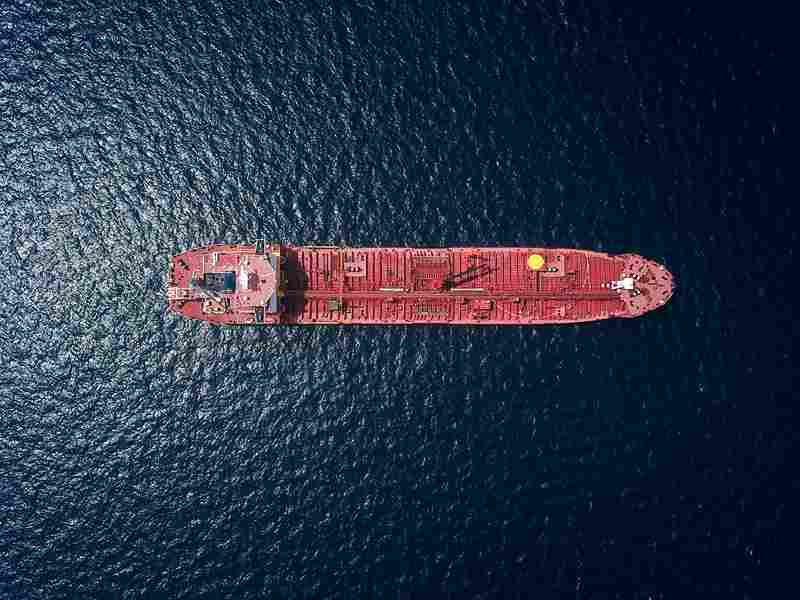
The Importance of Bunker Fuel Quality and Testing in Maritime Operations
Introduction:
In the vast expanse of maritime exploration, the integrity of bunker fuel quality and the precision of testing methodologies stand as sentinels, guarding the efficiency, compliance, and environmental harmony of vessels traversing the world’s oceans. This article embarks on a journey to unravel the intricacies of bunker fuel, exploring its profound impact on ship operations, the dynamic factors shaping its quality, and the indispensable role of rigorous testing in the pursuit of maritime excellence.
I. Bunker Fuel’s Pivotal Role:
1.1 Powering Maritime Ventures:
Bunker fuel stands as the lifeblood of maritime enterprises, fuelling the engines that propel vessels across vast distances and enabling the intricate dance of onboard systems. The selection of bunker fuel serves as a compass, steering a ship’s performance, fuel efficiency, and environmental footprint.
1.2 The Mosaic of Bunker Fuel Types:
In the expansive canvas of bunker fuels, a myriad of options exists—from the traditional heavyweight, Heavy Fuel Oils (HFOs), to lighter alternatives like Marine Gas Oil (MGO) and the eco-friendly Liquefied Natural Gas (LNG). The choice is a tapestry woven from considerations of engine compatibility, economic viability, and alignment with evolving environmental mandates.
II. Influential Factors on Bunker Fuel Quality:
2.1 The Alchemy of Composition:
The quality of bunker fuel is an alchemy determined by its composition, a symphony orchestrated by its source and refining processes. Distinct characteristics emerge from different regions and suppliers, influencing combustion efficiency, emissions, and the overall environmental impact.
2.2 The Sulfur Symphony:
Sulfur content emerges as a maestro in the bunker fuel orchestra. Regulatory frameworks, notably the International Maritime Organization’s (IMO) global sulfur cap (IMO 2020), orchestrate limits to curb air pollution and champion environmental sustainability.
2.3 Stability and Symphony of Compatibility:
The harmonious storage and compatibility of bunker fuels are akin to a symphony’s delicate balance. Stability issues or disharmony in compatibility can lead to sludgy discord, clogging filters, and operational disharmony.
III. The Ballet of Bunker Fuel Testing:
3.1 Compliance Choreography:
Bunker fuel testing performs a choreographed dance, ensuring adherence to international and regional emissions regulations, particularly sulfur oxide (SOx) limits. The meticulous testing regimen shields against penalties and legal repercussions, affirming a commitment to maritime ethics.
3.2 Engine Elegance:
Testing bunker fuel is a dance of elegance, evaluating its compatibility with specific engine types and fine-tuning performance parameters. Understanding fuel properties through testing empowers ship operators to choreograph engine efficiency with precision.
3.3 Contamination Pas de Deux:
The graceful dance of bunker fuel testing detects contaminants, preventing discordant notes in the form of water, sediment, or impurities. This vigilant testing safeguards against engine damage, equipment malfunctions, and the peril of unexpected breakdowns mid-voyage.
IV. Protocols of Bunker Fuel Testing:
4.1 The Art of Sampling:
The art of accurate testing begins with the mastery of sampling protocols. Samples, collected at various points in the supply chain, embark on a journey of analysis to unveil the nuances of fuel quality.
4.2 Laboratory Overture:
Laboratory testing commences with an overture of comprehensive analysis, unraveling sulfur content, density, viscosity, and chemical composition. These analyses, conducted in specialized laboratories equipped with cutting-edge instruments, paint a precise portrait of fuel quality.
4.3 Onboard Testing Crescendo:
In a crescendo of technological innovation, onboard testing devices take center stage, offering real-time analyses. These portable virtuosos empower ship operators with swift assessments, enabling informed decisions during the symphony of voyages.
V. Challenges in Bunker Fuel Quality Assurance:
5.1 The Enigma of Adulteration:
The global nature of the bunker fuel industry introduces an enigma—the risk of adulteration and fraud. The industry must guard against unscrupulous practices, ensuring that the fuel maintains its virtuous quality.
5.2 Variations in the Supply Ballet:
The ballet of bunker fuel quality encounters variations in supply chains, introducing uncertainties. Continuous testing throughout the supply chain emerges as a necessity, ensuring quality assurance from the source to the vessel.
VI. The Unfolding Future of Bunker Fuel Quality:
6.1 Harmonizing with Environmental Crescendos:
As environmental regulations echo with increasing fervor, the importance of bunker fuel quality testing is set to crescendo. Compliance with stringent emission regulations will be paramount in orchestrating the industry’s commitment to environmental harmony.
6.2 The Symphony of Alternative Fuels:
The rise of alternative fuels, such as LNG and biofuels, introduces new movements to the testing symphony. Laboratories and testing technologies must harmonize with the unique characteristics of these emerging fuels, contributing to a diversified and sustainable maritime score.
Conclusion:
In the intricate dance of maritime endeavors, the threads of bunker fuel quality and testing weave a tapestry of efficiency, compliance, and environmental responsibility. As technology continues to evolve and environmental regulations tighten their grip, the symphony of bunker fuel quality and testing will resonate with increasing importance. It is this harmonious tune that ensures a serene and sustainable voyage for vessels navigating the uncharted waters of our world’s oceans.





